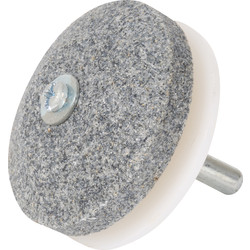7 summer lawn care mistakes which could be damaging your lawn during hot weather
Heat-stressed and dry lawns can be prevented by avoiding these common summer lawn care pitfalls
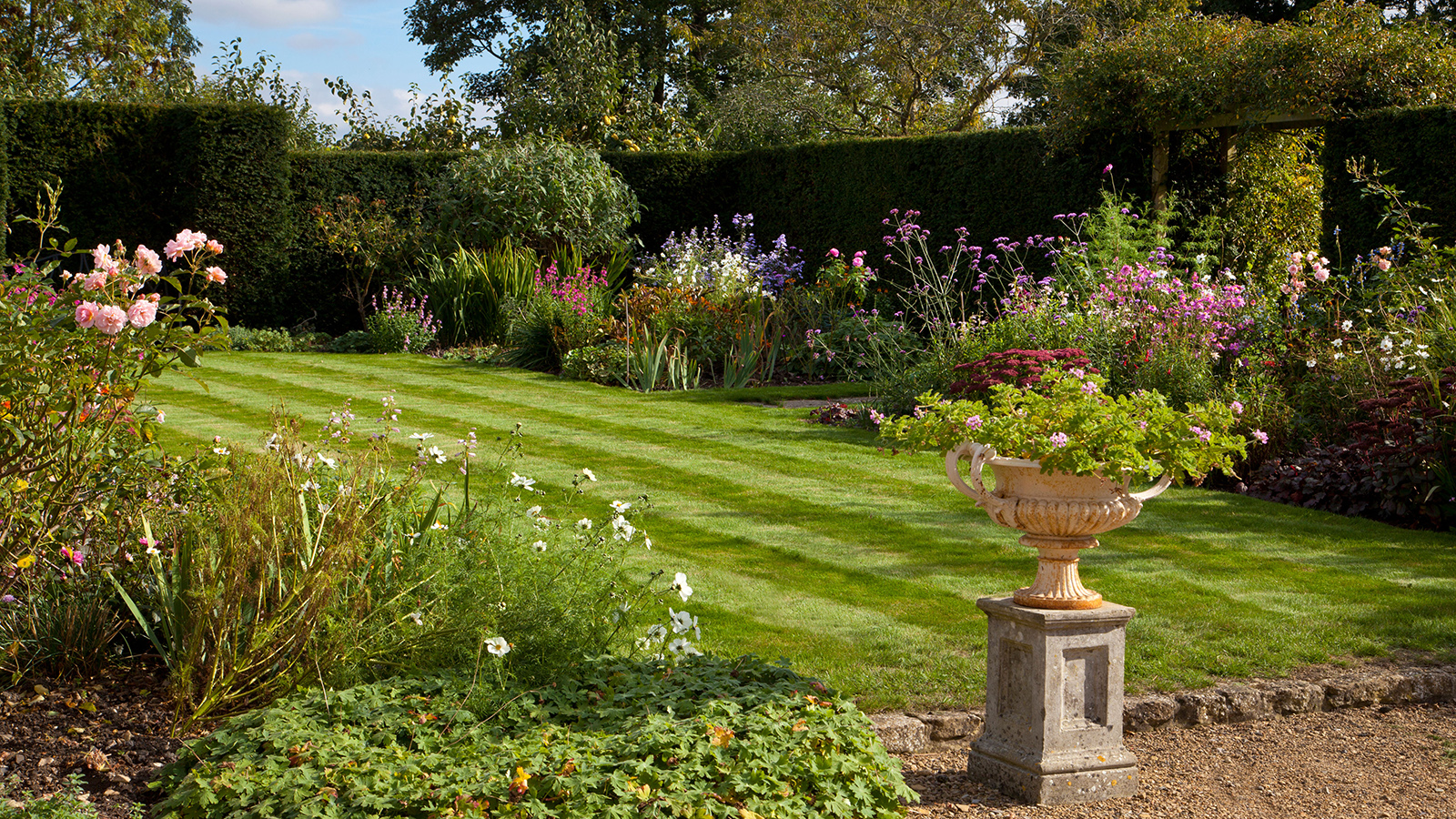
Summer lawn care is vital to help ensure the long-term health of our gardens, especially during the hot weather. Many gardeners who aspire towards a picture-perfect lawn on which to lounge or gaze over proudly, may otherwise find themselves with a fearsome battle on their hands during the summer months.
The obvious enemies to the health of our lawns during hot weather are periods of drought and heat-causing dry and brown patches. However, quiet assassins such as thatch build-up and compacted soil are just as deadly during the growing season. All these factors can put an end to even the best lawn ideas.
The remedies to these problems aren't always obvious and there are common traps which gardeners fall into in their quest for perfection. Gardeners often feed, water and mow their grass either too little or too often, and these, among other things, can cause long-term damage to your lawn.
Summer lawn care mistakes to avoid in the hot weather
According to David Hedges Gower, Chairman of the Lawn Association, while lawns are highly resilient, it's usual that when faced with hot, dry conditions, grass conservatively goes dormant until conditions improve.
"But fear not, there are lawn care steps you can take to prepare and nurture your lawn through the summer," says David.
1. Overfeeding a lawn
When your grass is looking a little lack-lustre it's easy to be tempted to reach for the weed and feed, but too much grass feed can cause more harm than good.
It's important to remember that the main cause of a yellowing lawn is excess heat and drought, rather than a lack of nutrients. And whilst a nitrogen-rich feed can encourage lush-green growth, too much can scorch the roots and damage their ability to take up water.
If you do need to fertilise a lawn then David Hedges Gower suggests opting for organic options to avoid scorching and promote healthy growth.
Try RHS 4KG Viano Recovery Organic Lawn Fertiliser at Original Organics.
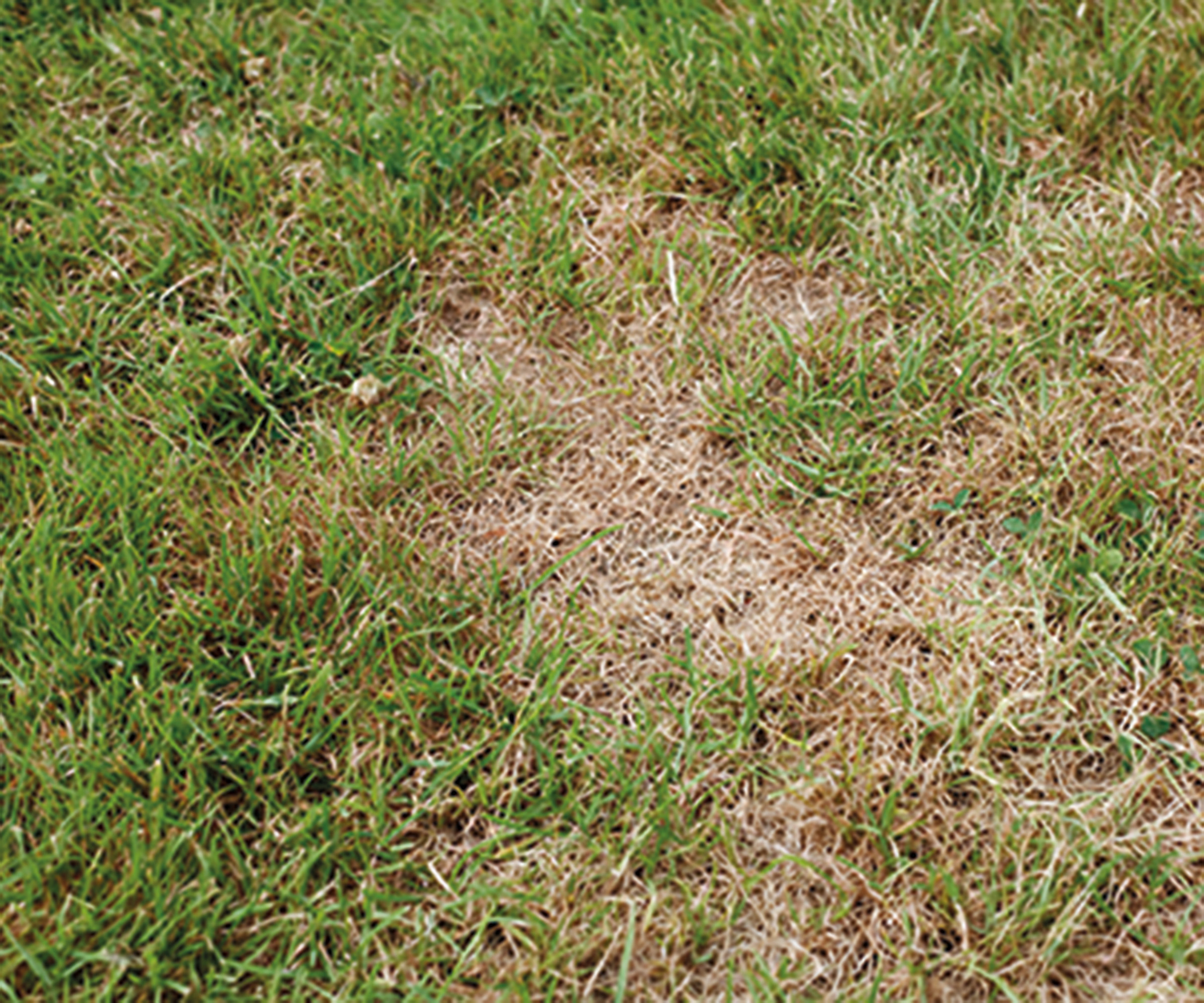

David is one of the UK's leading lawn experts, with over 30 years' experience in the industry. He is Chairman of the Lawn Association, an educational platform for homeowners and professionals, and founded the world's first lawn care qualification.
2. Watering too lightly and frequently
The best way to water your lawn in hot weather is not to give it a light daily dowsing as this causes shallow roots to develop which are more vulnerable to drying out in hot weather. Instead, your lawn needs a good soak.
A common misconception about watering grass during sunny periods is that the water droplets can act like a magnifying glass and scorch the blades. Fiona Jenkins, garden expert at My Job Quote, maintains that this is a myth and that healthy grass can withstand sunlight even when wet.
"Aim for a deep watering session that soaks the soil to a depth of several inches. This allows the roots to access the water even after the surface dries," advises Fiona.
"Resist the urge to overwater dry patches. They'll likely rebound when the rain returns. If watering is necessary, the best time to water a lawn is at night for optimal absorption," adds David Hedges Gower.
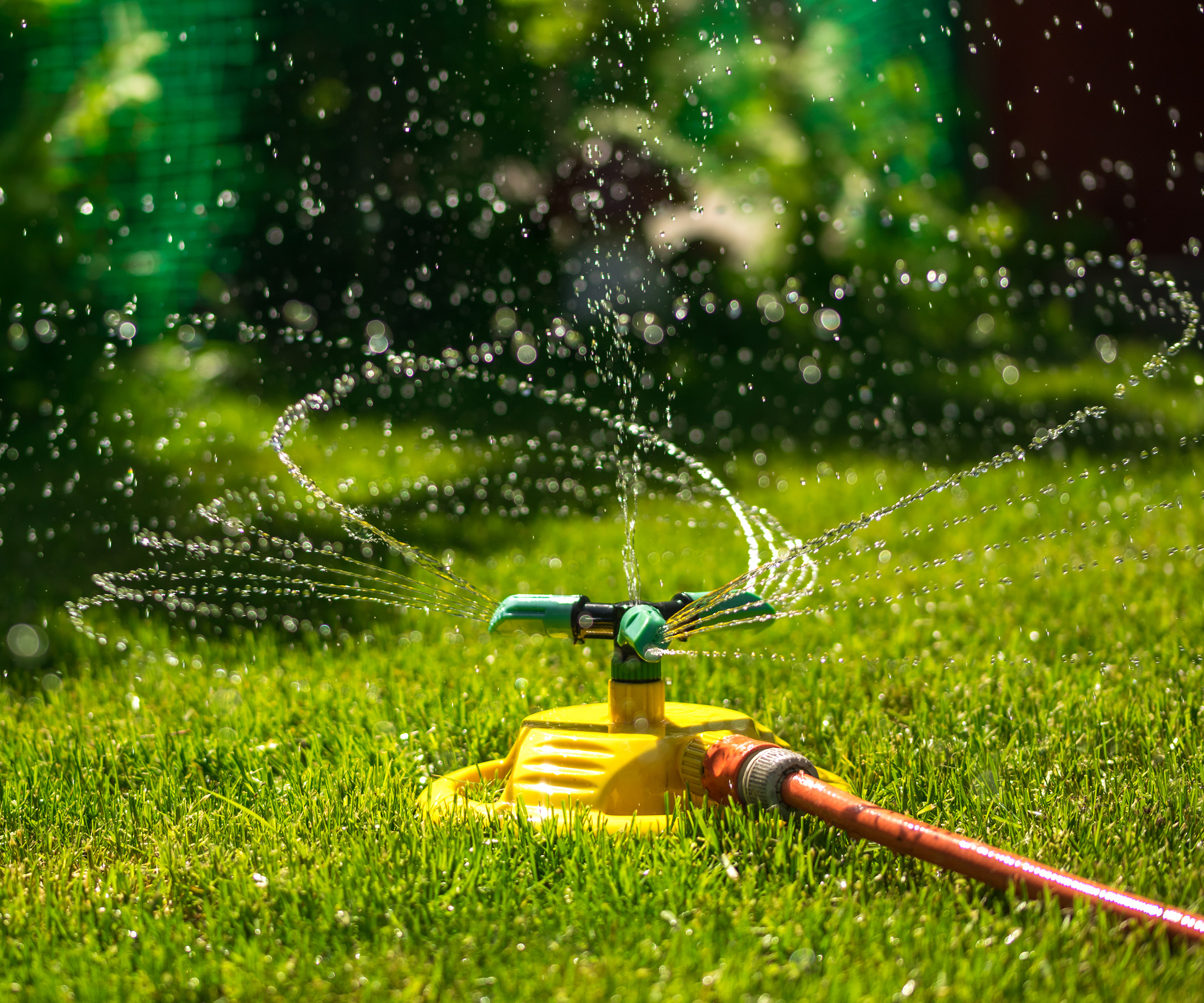

A landscaper and gardening expert with over 25 years of experience in the industry. Currently she works for MyJobQuote as their resident expert on all things gardening. She is highly knowledgeable and her expertise have featured in many reputable publications.
3. Cutting your lawn too short
"Never cut more than a third from the turf stems each time, as this provides shade for the soil below your turf. Having your soil scorched by the sun can have devastating side effects on the health of your lawn in hot weather," says Clair Albone, Senior Category Manager of Garden Maintenance at Wickes.
Sharpen lawnmower blades and keep them and on a low setting for a neat summer lawn. David Hedges Gower adds that taking off just the tips of the leaves, "allows the grass to continue photosynthesising and benefitting from the sunlight."
Overlap each cut as you go to avoid channels of longer grass in between mows. Mow in opposite directions each time, using a cordless lawn mower or one of the best petrol lawn mowers your budget can afford, to prevent an uneven and rippled surface.
If you need to cut long grass then do it in stages taking off a little at a time. During very hot, dry periods, it shouldn’t be cut at all.
Three handy lawnmower blade sharpening tools
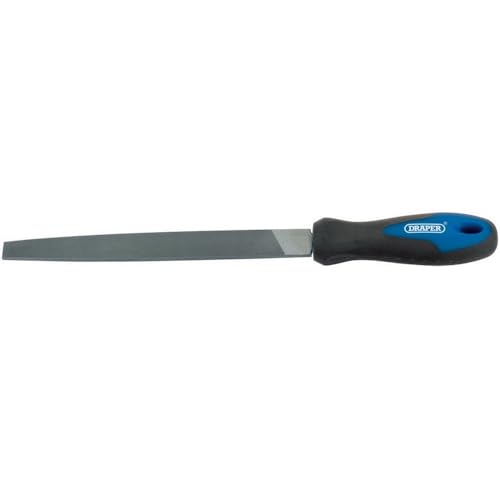
If you don’t have a power tool to help sharpen a mower blade it's possible to use use a metal file. The best way is to do this is to remove the blades first and secure them in a vice.
4. Not aerating the soil to allow air flow
An increase in the amount of footfall on your lawn is inevitable during warm weather as we move so many of our activities outdoors. However, this can lead to soil becoming compacted which can in turn make it more difficult for oxygen to circulate and water to drain.
"Grab a garden fork or a lawn aerator and get to work loosening up that compacted earth. Think of aeration as giving your lawn a good deep breath. It allows air, water, and nutrients to finally reach the root zone, and you'll see a marked improvement in your lawn's overall health," says Guy Jenkins, lawn expert at Johnsons Lawn Seed.
Aerating a lawn can be done at any time during the growing season. However, you should avoid it on hot and dry days as the open holes could cause the lawn to suffer drought and heat stress.
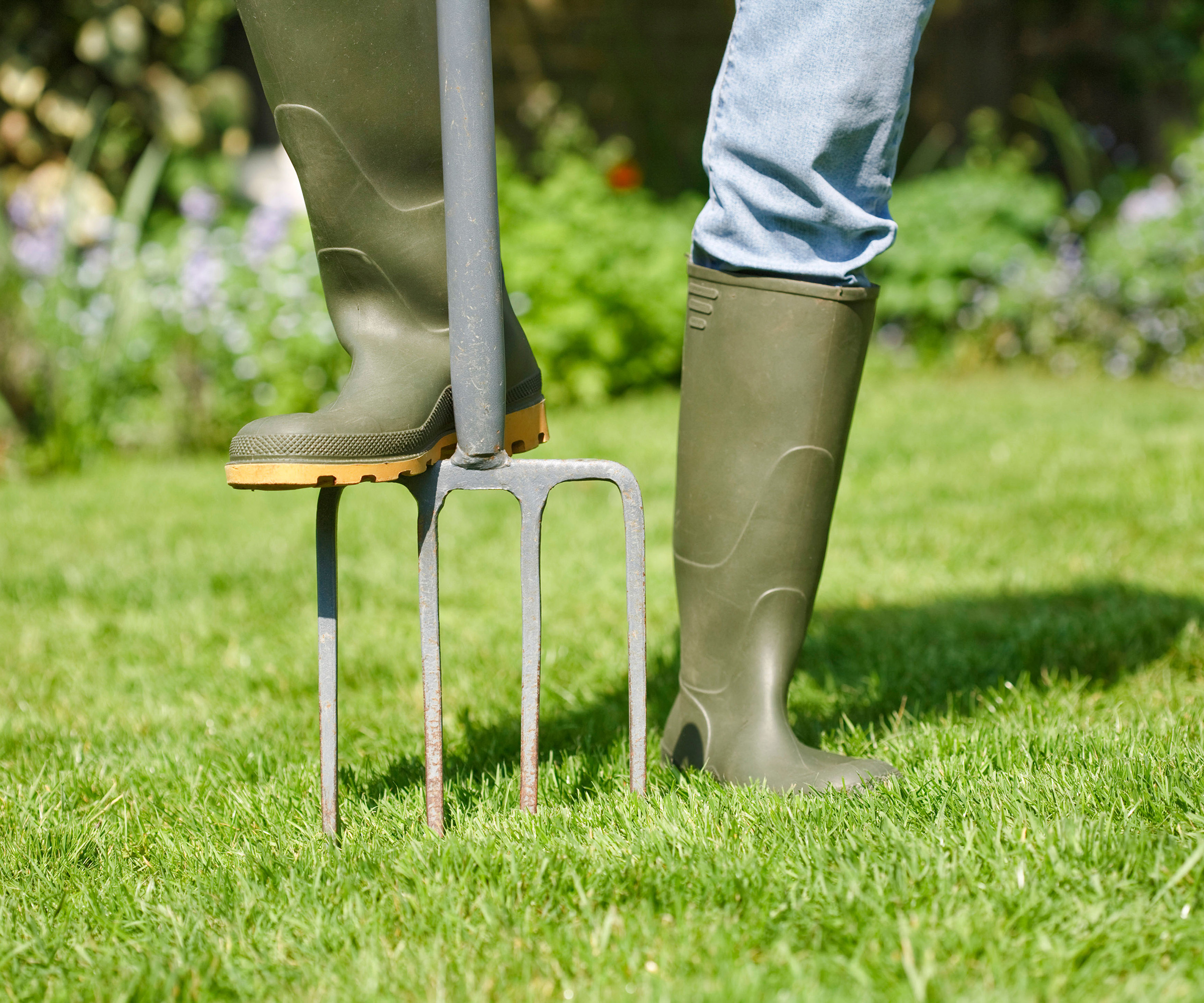

Guy is the Consumer Manager for Johnsons Lawn Seed, the UK’s oldest provider of lawn seed, and is an expert in the field of lawn care.
5. Leaving too long between mowing
According to David Hedges Gower, we need to see this common gardening chore as a beneficial pruning technique, particularly for our sustainable, native grasses (not ryegrasses). "Each trim redirects the lawn's energy sideways, fostering denser growth," says David.
Mowning little and often, weekly or even bi-weekly in summer, is the easiest way to keep on top of a healthy lawn. It encourages thicker blades as well as side shoots to develop, which can even help suppress the growth of unwanted weeds.
Be sure you're keeping lawnmower blades sharp, as blunt blades can tear grass and leave jagged edges. "For a low-maintenance garden consider using a robotic mower that can handle daily mowing, allowing you to relax and enjoy your garden," suggests David Hedges Gower.
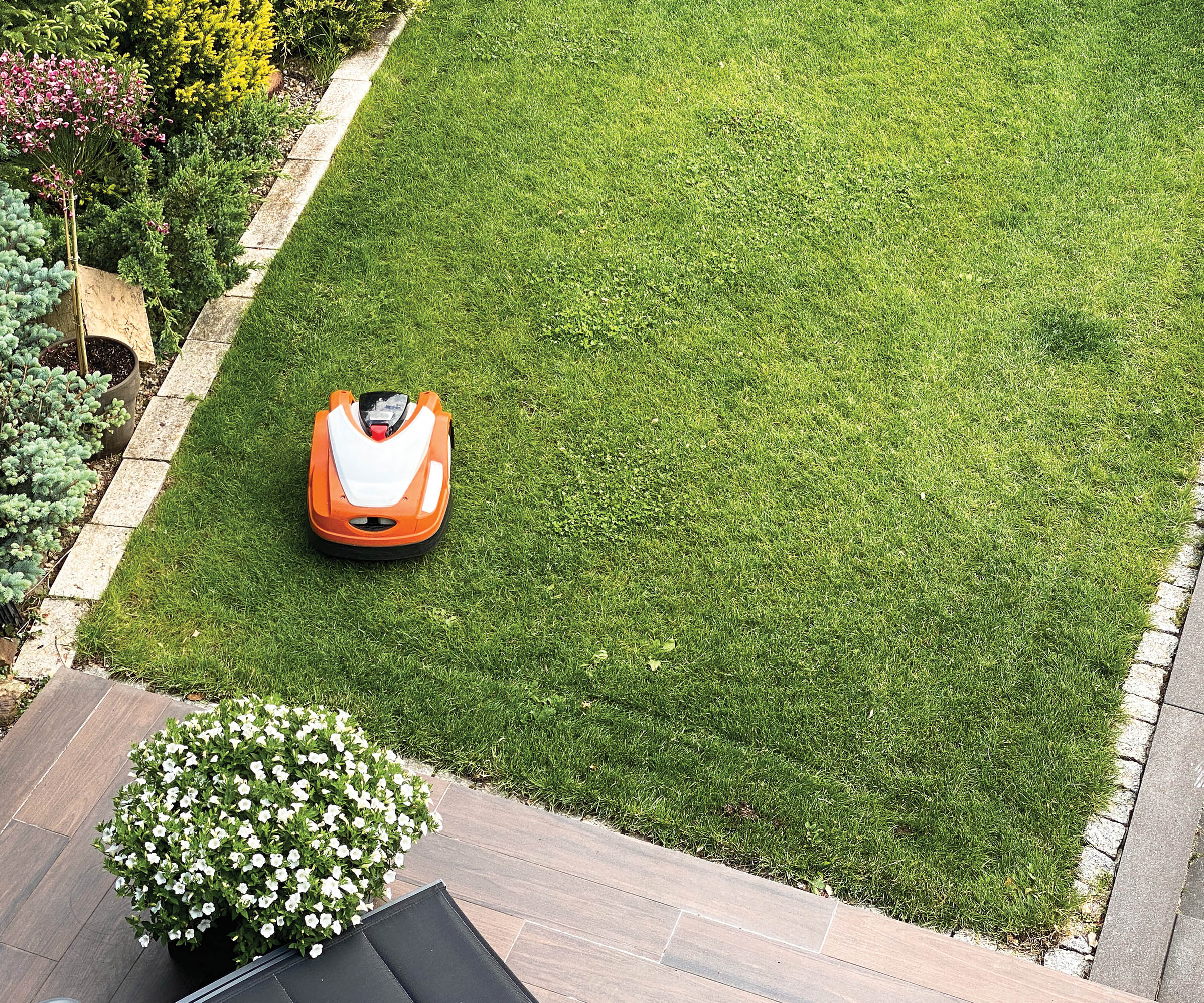
6. Ignoring moss growth
Moss is a sign something is wrong with your lawn. Causes can include poor drainage, shade and starved grass. Though there are products to kill moss in lawns available like Miracle-Gro Moss Kill Liquid - 1L at Wickes, in order to keep moss growth under control, you have to find out the cause, rather than just treating it with chemicals.
"The key to moss control lies in prevention rather than total eradication, as moss cannot be permanently eliminated. By fostering a healthy grass-dominated environment, moss growth can be minimised.
"Start by regularly scarifying to control thatch before moss appears. Annual aeration helps prevent moisture buildup, reducing favourable conditions for moss growth," says David Hedges Gower, Chairman of the Lawn Association.
David also suggests maintaining a sensible mowing and feeding regime to promote strong grass growth, ensuring moss has limited opportunity to establish itself. "Ultimately, prioritising these practices will effectively prevent moss from becoming a problem in your lawn," says David.

7. Not picking up grass clippings
Leaving clumps of cut grass spread over the surface of your lawn will prevent light from reaching the living blades beneath. This can cause disease and turn healthy grass yellow. They can also cause a build-up thatch which can suffocate the grass.
It's best if you have a lawnmower with an integrated grass collection box to save you the job of raking clippings away after you've mown the lawn. Better still there are mulching mowers which chop grass clippings into a fine mulch which they spread across the surface of the lawn as you mow.
These will add nutrients into the soil as they decompose, as well as providing a fine protective layer to keep moisture in during dry weather.
Grass clippings can be added to your compost bin or used as a mulch in your flower beds, too.
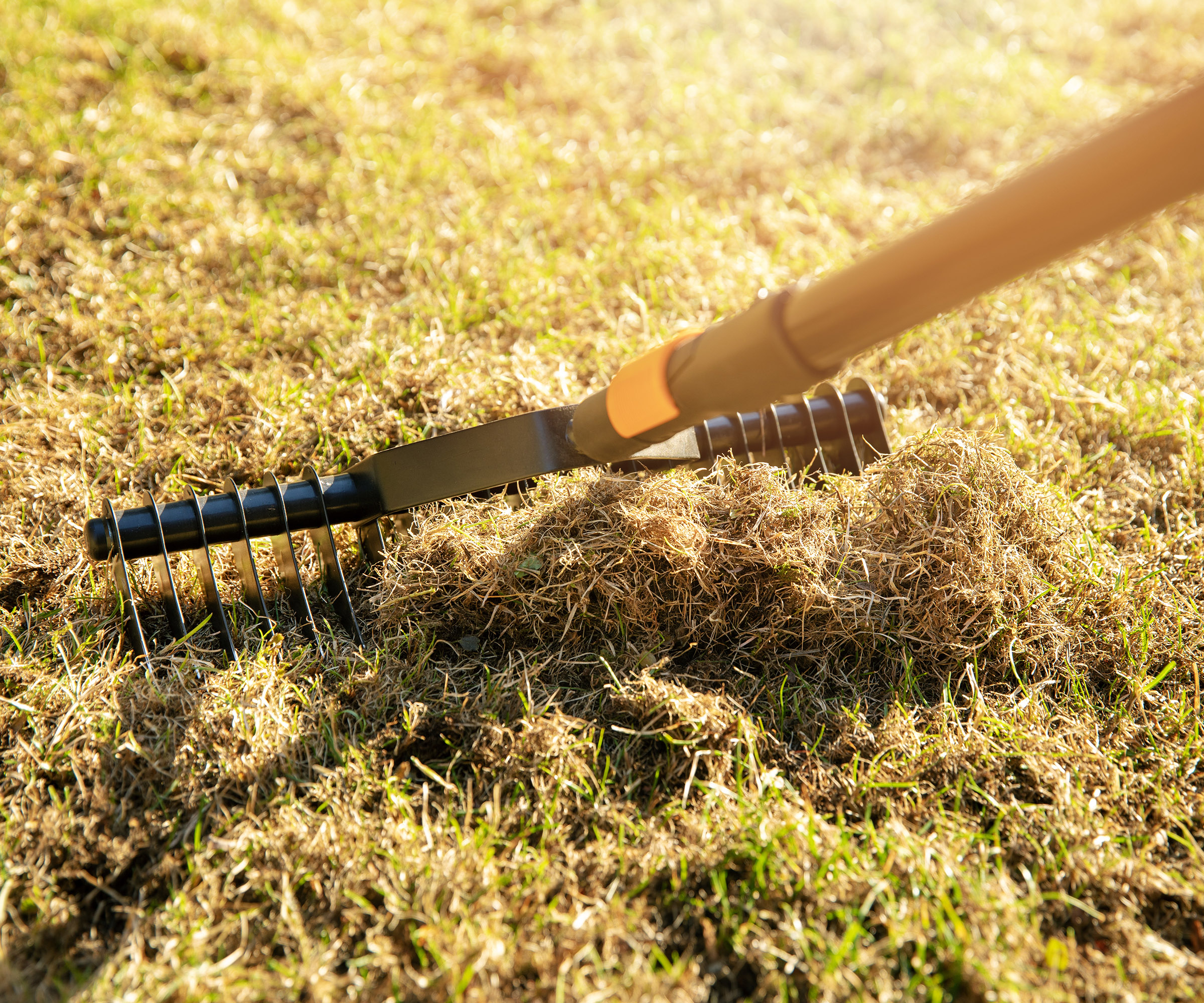
Improving lawn health
How do I fix my summer lawn?
Depending on the health of your summer lawn there are several things you can do to help improve lawn health.
- Aerate: If your soil has become hard and compacted from regular use over the summer then plunging a garden fork a few cm into the surface will help loosen the soil and improve drainage.
- Water: Try and keep up a regular watering schedule over the summer months. Instead of a light daily sprinkling, water less frequently but deeply, and at night time, to encourage roots to grow strong.
- Mow: Do this at least weekly during the growing season to encourage thick blades. Don't mow too short and avoid taking off more than a third of the length each time.
- Feed: Feeding is usually done in spring and at the end of summer, but some experts recommend a feed during summer if your lawn needs it. However, do not be tempted to overfeed your lawn during hot weather.
- Scarify: Do this gently to remove a build-up of thatch and use this opportunity to overseed a lawn, specifically any bare patches that may appear.
A neat border for your grassed area can help to give it a new-look. Have a look at our lawn edging ideas for inspiration.
Get the Homebuilding & Renovating Newsletter
Bring your dream home to life with expert advice, how to guides and design inspiration. Sign up for our newsletter and get two free tickets to a Homebuilding & Renovating Show near you.

Teresa was part of a team that launched Easy Gardens in 2018 and worked as the Editor on this magazine. She has extensive experience writing and editing content on gardens and landscaping on brands such as Homes & Gardens, Country Homes & Interiors and Living Etc magazine. She has developed close working relationships with top landscape architects and leading industry experts, and has been exposed to an array of rich content and expertise.
In 2020 Teresa bought her first home. She and her partner worked alongside architects and builders to transform the downstairs area of her two bedroom Victorian house in north London into a usable space for her family. Along the way she learned the stresses, woes and joys of home renovation, and is now looking to her next project, landscaping the back garden.
